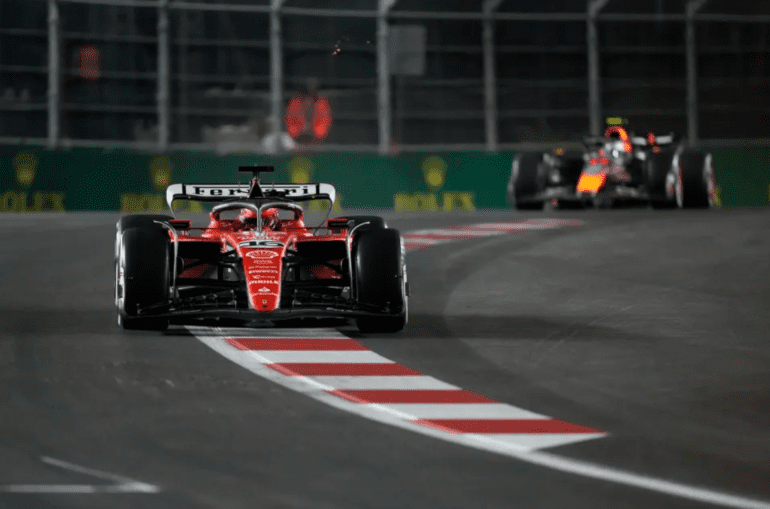TL;DR:
- Formula 1 is testing AI-driven Computer Vision tech to monitor track limits during races.
- The FIA aims to reduce manual reviews of rule violations, starting at the Abu Dhabi Grand Prix.
- Computer Vision technology, originally used in medicine, will analyze pixel data to identify breaches.
- The FIA seeks to minimize potential infringements sent for human review to around 50 per race.
- While not replacing humans entirely, Formula 1 sees real-time automated policing systems as the future.
Main AI News:
In the fast-paced world of Formula 1, success often hinges on the tiniest margins of time and distance. Precision is paramount, and drivers meticulously navigate every curve to achieve optimal lap times. However, there are moments when the pursuit of advantage leads them astray, pushing the boundaries of track limits. In a bid to address this challenge, Formula 1 is turning to cutting-edge AI technology.
The Fédération Internationale de l’Automobile (FIA), the authoritative governing body of motorsport, is set to deploy Computer Vision technology during the upcoming Abu Dhabi Grand Prix, marking the season’s grand finale. This innovative approach harnesses the power of shape analysis to scrutinize the extent to which a car’s wheels cross the white boundary lines encircling the track.
It’s worth noting that the FIA’s intent is not to fully automate the review process of track limit violations, at least not for now. Rather, their goal is to significantly diminish the volume of potential rule infractions that necessitate manual inspection by officials.
A case in point is the Austrian Grand Prix held in July, where a staggering 1,200 potential violations had to be reviewed by a team of four individuals. Following a series of track limit violations that went unpunished at the US Grand Prix in October, officials recognized the need for a more effective approach. Enter Computer Vision.
This transformative technology has previously found application in the field of medicine, aiding in the analysis of data from cancer screenings. Tim Malyon, the FIA’s deputy race director and head of remote operations, explained, “They don’t want to use Computer Vision to diagnose cancer; what they want to do is to use it to eliminate the 80 percent of cases where there clearly is no cancer, thereby allowing highly trained professionals more time to focus on the remaining 20 percent.” This philosophy underpins their approach in Formula 1.
The FIA’s aspiration is to pare down the number of potential infringements that require manual scrutiny to approximately 50 per race, sifting out those that unequivocally do not demand human intervention.
While Formula 1 does not envision full reliance on AI for race decisions in the immediate future, Malyon anticipates that this could change in due course. He observes, “I’ve emphasized time and again that humans currently hold the upper hand in certain domains. That may be the case presently, but we firmly believe that real-time automated policing systems represent the future of the sport.” The race to harness AI’s potential in Formula 1 is well and truly underway.
Conclusion:
The integration of AI, particularly Computer Vision, in Formula 1’s monitoring of track limit violations marks a significant step towards enhancing the efficiency and accuracy of race regulation. By reducing the workload of manual reviews and improving decision-making processes, this technological leap has the potential to optimize the sport’s operations and uphold fairness, making it an intriguing prospect for future market developments in sports technology and AI integration.

